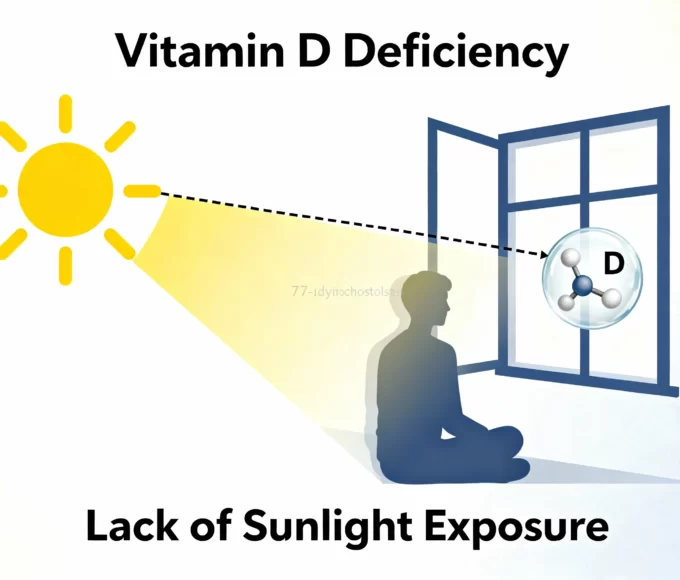Pathophysiology
• The normal neuromuscular coordination cannot maintain correspondence of the visual objects on the retinas of the 2 eyes.
• Monocular diplopia may occur from abnormal ocular media (eg, corneal distortion or scarring, multiple openings in the iris, cataract or subluxation of the natural lens or pseudophakic lens implant, vitreous abnormalities, retinal conditions).
Mortality/Morbidity
Morbidity in terms of difficulty with depth perception and confusion with orientation of objects, especially when performing visually demanding tasks, such as driving a vehicle or operating tools
Age
Diplopia is encountered almost exclusively in adults or in those with mature visual systems because of the following:
• Young children may not be able to express this symptom.
Causes
Cornea problems.
• Problems with the cornea often cause double vision in one eye only.
• Covering the affected eye makes the double vision go away.
• Infections of the cornea, such as herpes zoster, or shingles, can distort the cornea.
• An uncommon complication of LASIK surgery can leave one cornea altered, creating unequal visual images.
Lens problems.
• Cataracts are the most common problem with the lens that causes double vision.
• If cataracts are present in both eyes, images from both eyes will be distorted.
• Cataracts are often correctable with minor surgery.
Muscle problems.
• If a muscle in one eye is weak, that eye can’t move smoothly with the healthy eye.
• Gazing in directions controlled by the weak muscle causes double vision.
• Myasthenia gravis is an autoimmune illness that blocks the stimulation of muscles by nerves inside the head. The earliest signs are often double vision and drooping eyelids, or ptosis.
• Graves’ disease is a thyroid condition that weakens the muscles of the eyes. Graves’ disease commonly causes vertical diplopia. With vertical diplopia, one image is on top of the other.
Nerve problems. Several different conditions can damage the nerves and lead to double vision:
• Multiple sclerosis can affect nerves anywhere in the brain or spinal cord.
• Uncontrolled diabetes can lead to nerve damage in one of the eyes, causing eye weakness and double vision.
Brain problems. The nerves controlling the eyes connect directly to the brain. Further visual processing takes place inside the brain. Many different causes for double vision originate in the brain. They include:
• Strokes
• Aneurysms
• Increased pressure inside the brain from trauma, bleeding, or infection
• Brain tumors
• Migraine headaches
Symptoms of Diplopia
The following are some of the symptoms of Diplopia:
Double vision can occur by itself with no other symptoms. Depending on the cause, other symptoms may be present with double vision, such as:
• Misalignment of one or both eyes
• Pain with eye movements in one or both eyes
• Pain around the eyes, such as in the temples or eyebrows
• Headache
• Nausea
• Weakness in the eyes or anywhere else
• Droopy eyelids
Following are the various characteristic variables for appropriate diagnosis and management
2. constant
3. intermittent
4. variable
5. unchanging
6. near
7. far
8. one eye [monocular]
9. both eyes [binocular]
10. horizontal
11. vertical
12. Oblique.
Diagnosis:
Any new or unexplained double vision needs medical attention immediately. It’s important to discover the reason without delay. Following are the aids to help diagnosis:
1. Blood tests, a physical exam,
2. Imaging studies like computed tomography (CT)
3. Magnetic resonance imaging (MRI)
Homeopathic treatment for Diplopia
The most important step is to identify and treat the underlying cause. In some cases, double vision can be improved by managing or correcting its cause.
• If weak eye muscles are the cause, or if a muscle has been pinched as a result of injury, surgery may help.
• Myasthenia gravis can be treated with medications.
• Graves’ disease is often curable with surgery or medical therapy.
• Blood sugar in diabetes can be controlled with medicines and/or insulin.
If double vision can’t be reversed, treatments can help people live with double vision. Sometimes, this requires wearing an eye patch or special contact lens to minimize the effect of double vision.










